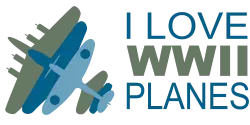The Beer-Barrel Bombers – Keg Carrying Spitfires Brought Beer to The Troops at The Front
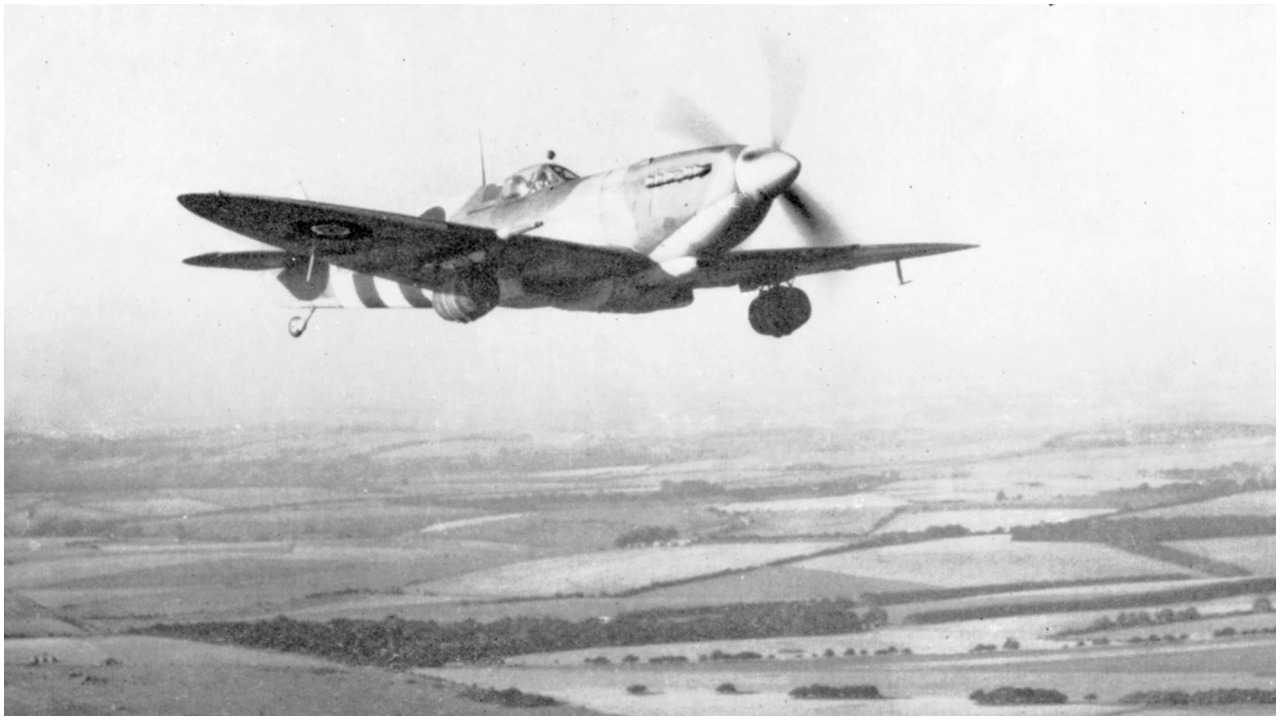
After the successful invasion of Normandy beginning on June 6, 1944, the Allied forces had a new issue deal with- how to get supplies to troops pushing ever further into Europe?
As part of the solution, supplies were prioritized so that less important supplies were not taking up space and time when more important supplies needed to get to the front lines.
Unfortunately, some supplies were labeled as low importance by the military brass but were felt to be of some importance by those serving on the front lines. Beer was one of those things.
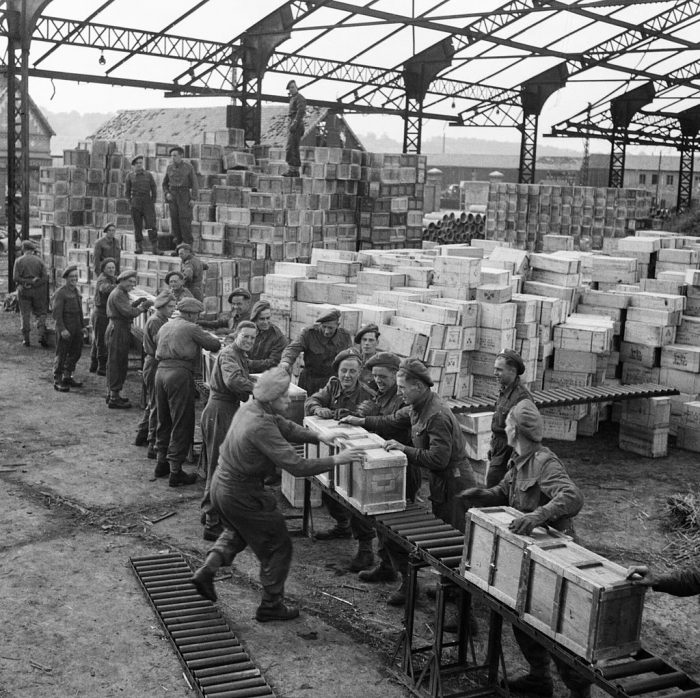
Since beer was not included in the priority items being shipped to the front lines, the troops had to figure out their own ways to acquire their adult beverage of choice.
Some enterprising soldiers were able to able to acquire it from local citizens and would then become the source for other troops to receive it. This didn’t scale well and only placated a small number of soldiers.
The RAF took another approach. They found a brewery in England, Heneger and Constable, who was willing to donate beer to the troops.
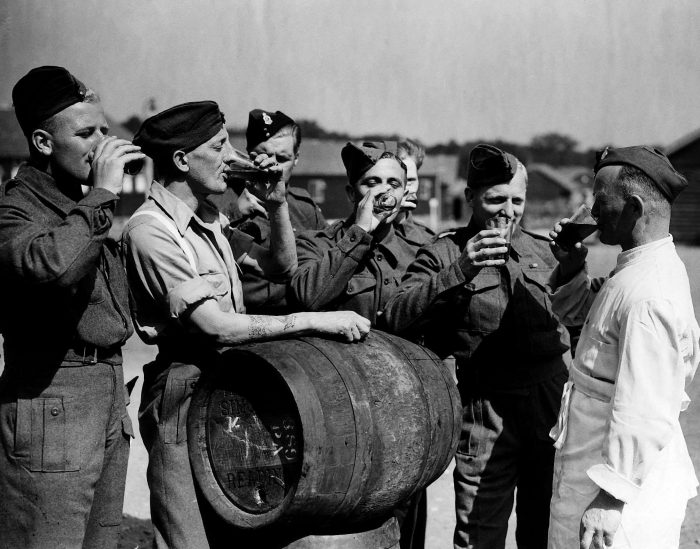
But there was still the nagging problem of how to actually get the beer to the troops in France. From this problem was born the modification XXX.
British Spitfire Mark IX planes had pylons under each wing which were typically used to carry bombs or, and in this case more importantly, extra fuel tanks.

Ground crews in England would clean out the fuel tanks to the best of their ability and then fill them with beer. The fuel tanks were marked “XXX” to avoid confusion as to the contents.
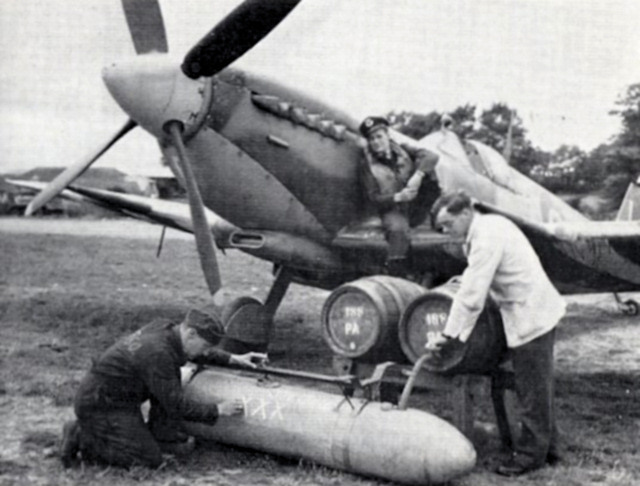
Each fuel tank could hold 45 gallons which means that each Spitfire could carry 90 gallons of beer to the soldiers in France.
This modification to the Spitfires is considered semi-official. While the RAF never condoned such activity, they did nothing to hinder it. In fact, there is evidence of the RAF being quite aware of what was happening, but they never commented on it.
With 90 gallons per trip not being considered sufficient to quench the thirst of the troops, other options were explored. The British Hawker Typhoon could carry a larger payload.
It did not receive widespread use in this form of transport as the Typhoon was frequently confused by American pilots for a German Focke-Wulf 190. One British pilot was actually attacked twice by Americans on the same run. During one of the attacks, he was forced to jettison the tanks in order to evade the US pilots.
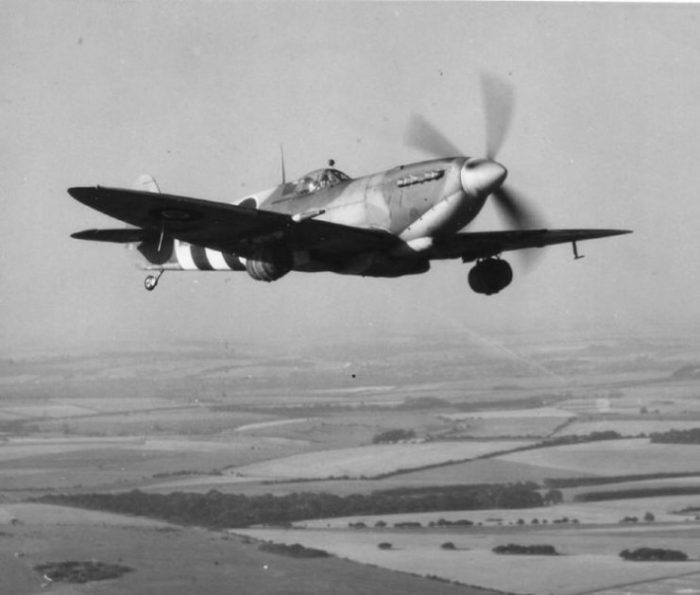
Another problem with the delivery of the beer was that the first few runs with a newly modified tank resulted in beer with a slight taste of airplane fuel. Even after the fuel taste faded from the tank, a metallic taste remained.
Eventually, the Spitfire pylons were modified to hold kegs directly. This meant that the planes carried even less beer in a trip but it was of a much higher quality. They were also chilled from being flown so high in the atmosphere on the way over the Channel.
Another Article From Us: Got a Spare $12 MILLION – Then This P-82 Twin Mustang is Yours
Not to be outdone, when American pilots learned of the British beer runs, they began carrying beer to the troops as well. For good measure, they added ice cream and iced custard to the menu.
